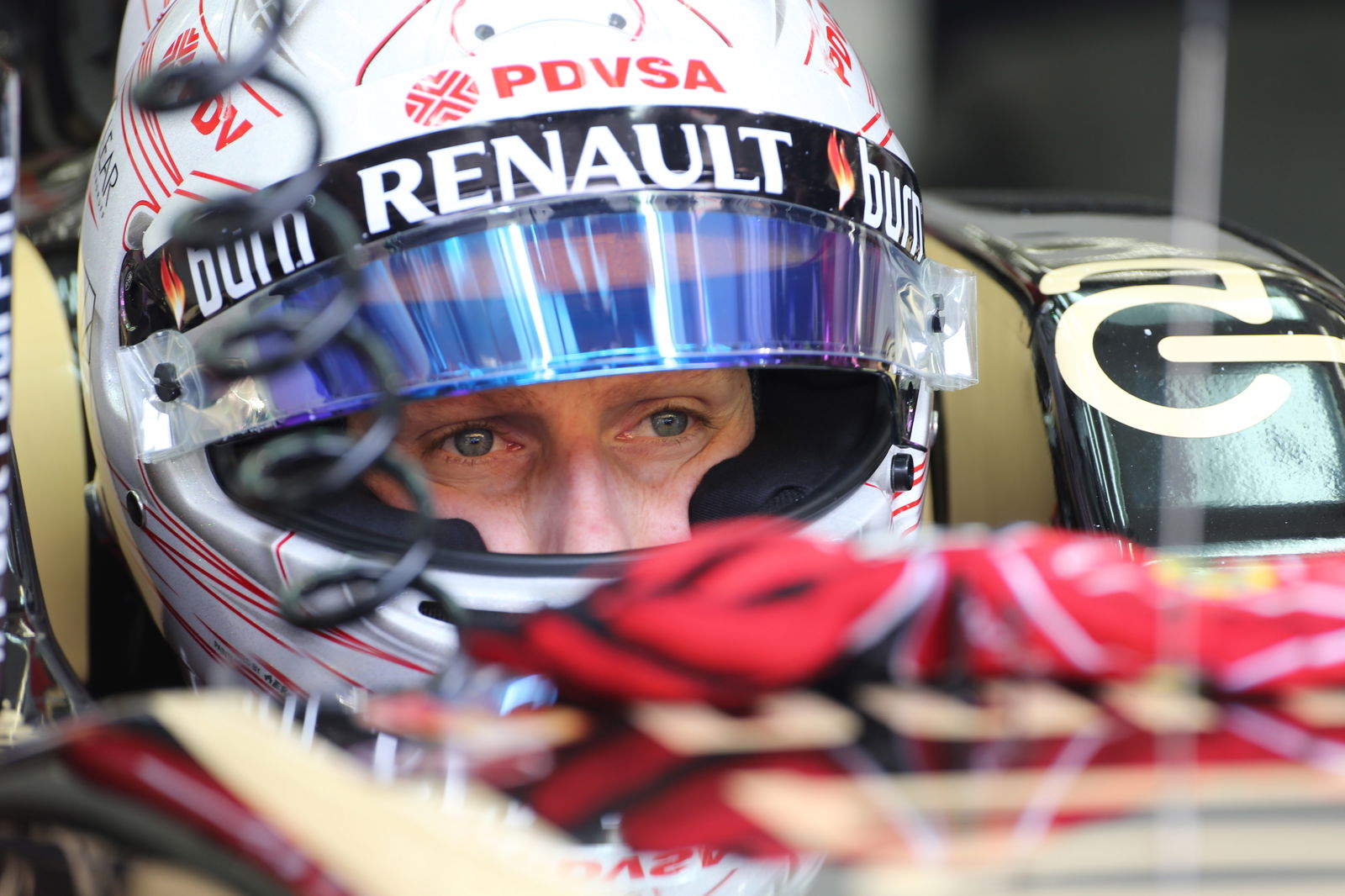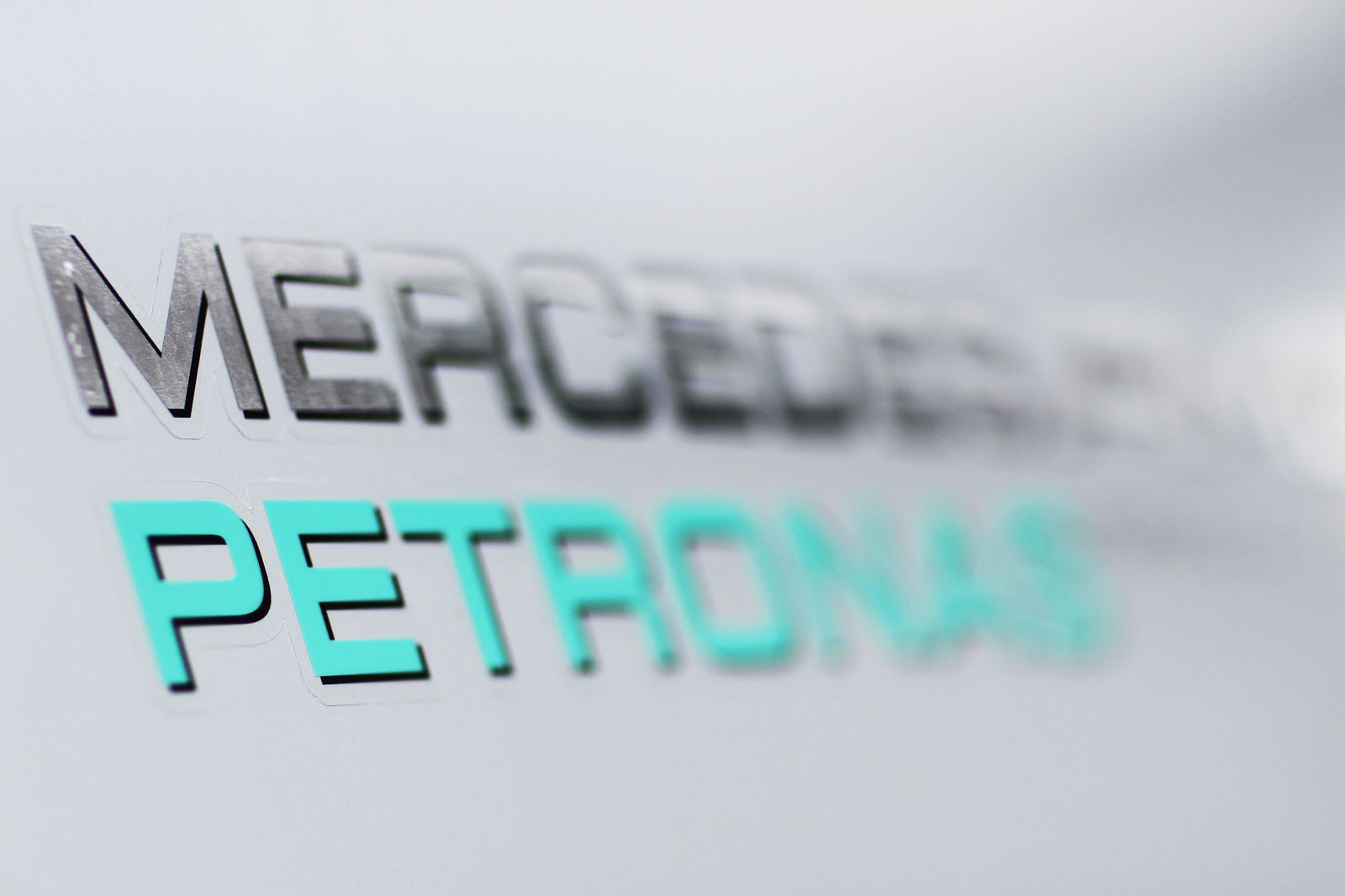In memory of... the Pacific F1 Grand Prix

With Formula One in the midst of its annual early-season jaunt across multiple myriad Asia-Pacific destinations (not to mention the late season 'second leg' of the Asian tour), it's easy to forget that there was a time when races beyond the old-guard strongholds of Europe and the Americas were a rare commodity treated with weary and wide-eyed bewilderment.
Recent failed experiments in Turkey, India and Korea demonstrate that not every attempt at expansion is destined for success - but there are multiple precedents for this painful truth. Twenty years ago, one of the earlier attempts to broaden the pan-Asian scope of Formula 1 came when the then Tanaka International Aida circuit in Japan was awarded a race under the moniker of the Pacific Grand Prix. The idea was to capitalize on Japan's ardent enthusiasm for F1 by giving the country a second race, an early championship round to complement the autumnal billing of Suzuka's Japanese Grand Prix and bookend the European season with trips to the Far East.
Built at a cost of ?61 million as a private vanity project by golf course mogul Hajime Tanaka, the TI Circuit set new benchmarks for remoteness, deep in the Aida countryside and surrounded by endless undulating woods and scrublands. The circuit was 12 miles along narrow roads from the nearest town, and accommodation for the F1 circus was scarce, with many team personnel having to travel up to 40 miles to access the track. Although Tanaka's desire to put on a World Championship Grand Prix was well supported by the Okayama Prefecture government's desire to promote the region as a tourist destination, investment in sufficient infrastructure to establish the TI circuit as a premium motorsport facility was not forthcoming.
Not only was Aida inconveniently remote, but the circuit itself failed to set the drivers' pulses racing. A short, narrow and twisting 3.7km of uninspiring sprints between a succession of tight corners, the TI circuit's sub-Tilke layout was not conducive to close quarters combat, nor demanding enough to prove a supreme test of drivers' skills. Incongruously, the circuit's corners carried evocative British names such as Moss, Williams and Attwood, an enduring legacy of Aida's heritage as a private members' club for Tanaka and his wealthy racing enthusiast cohorts.
To add to the ominous portents, the 1995 race was forcibly rescheduled from its original early-season placement due to the huge earthquake that struck the Kobe region in January 1995. The relocation to season's end resulted in a Japanese double-header with the race in Suzuka, although the local fans voted with their feet in terms of venue preference, with the Pacific race attracting a meagre 15,000 fans for its final running that year.
In spite of these numerous and unfavourable variables, the two races that took place in Aida were both significant events with far-reaching context and consequences for Formula 1.
The inaugural Pacific Grand Prix was the second round of the 1994 season, and, in-keeping with the tone of that fateful year, was a controversial affair from start to finish. Set against the backdrop of sweeping changes in the technical regulations and the reintroduction of refuelling, Michael Schumacher's dominant win in the opening Brazilian Grand Prix had not only subverted the established order, but aroused for the first time the suspicions of illegal driver aids that would shroud the Benetton team in controversy throughout the year.
Allegations of banned traction control and automatic starting systems would dominate the event, with Ayrton Senna, in his penultimate race weekend, famously leaning over the barriers to listen to the engine notes of the Benetton and Ferrari cars for signs of traction control following his opening lap retirement.
Ferrari were also operating under a cloud in Aida, with personal investigations from FIA Technical Director Charlie Whiting into the 'adjustable rev limiter' on stand-in Nicola Larini's car. Although ultimately cleared of any breach of the regulations on a technicality concerning the driver's direct control over the power transfer from the throttle to the rear wheels, the furore cast into light the ambiguity of the new rules and reinforced the perception of favouritism from the FIA.
The on-track action was no less contentious, with Senna getting away slowly from pole position and, blocked by the fast-starting Schumacher into the first turn, lifting off only to be pitched into a spin by Mika H?kkinen, collecting Larini's Ferrari en route to the gravel trap. Senna was furious, his assertion that "[H?kkinen's] driving was wrong... Many of these young drivers just seem to not know the rules" a frustrated illustration of the fact that his dream move to Williams had left him pointless and trailing Schumacher heavily after two races.
Schumacher subsequently swept to the chequered flag with consummate ease, but in a wider sense the 1994 Pacific Grand Prix marked the end of Formula One's age of innocence. A season-opening salvo of huge accidents, bans and allegations of technical skullduggery by various teams had already cast a cloud, but two weeks later the atmosphere would turn truly toxic when the circus reconvened for the sport's blackest weekend at Imola.
After an inauspicious debut, natural circumstances contrived to push the follow-up race to a late-season billing, and thus the 1995 Pacific Grand Prix played host to the decisive round of the drivers' championship.
If Michael Schumacher's first championship was tainted by season-long controversy, his second was a tour de force of consummate skill. Schumacher and the Benetton team blitzed the opposition in 1995, with the defending champion's burgeoning all-conditions racecraft being welded to the ever more visible strategic nous of Ross Brawn. By the time of the Pacific Grand Prix, the German needed only three points from the remaining three races to secure his second title and usurp Emerson Fittipaldi as Formula One's youngest double world champion.
The 1995 Pacific Grand Prix also illustrated a frequently forgotten and rarely lamented facet of F1 in the mid-90s: the rent-a-driver merry go round. There were no less than five driver changes leading into this race alone, compared to a total of one in-season driver switch in 2013. Of these, one saw 'father of Kevin' Jan Magnussen making his Grand Prix debut at McLaren in place of the unwell Mika H?kkinen, two saw Japanese drivers in Aguri Suzuki and Ukyo Katayama returning to the cockpit for their home races, and two further swaps concerned the jettisoning of the hapless Max Papis and Jean-Denis D?l?traz, for failing to deliver promised payments to the Footwork and Pacific teams respectively.
The race followed a similar pattern to that year's French Grand Prix, and one that would be famously repeated down the years (most notably in Hungary in 1998), with Schumacher and his Ross Brawn-led pit crew performing a conjuring trick of strategy to snatch victory from seemingly faster opposition. Pit-lane tactics and high-stakes physical drilling for mechanics were in their infancy in 1995, and, as with driver fitness, Schumacher was at the forefront of evolving the less glamorous aspects of performance to eke out any possible advantage.
The Williams FW17 had proven superior over the course of the year at high downforce circuits such as the Hungaroring and Buenos Aires, and Coulthard and Hill accordingly qualified 1-2 for the race. Despite a poor start, baulked by Hill and dropping to fifth, Schumacher's Benetton was short-fuelled at the first stop to jump Hill and Jean Alesi. Using the advantage of a clear track, Schumacher was given carte blanche to demonstrate the Teutonically relentless capacity for incessant qualifying laps that would come to define his 'first' career.
With Coulthard's Williams caught flat-footed on a two-stop strategy and unable to react on 'worn' rubber, Schumacher used the repeat performance advantage of fresh tyres and light tanks to cut swathes from Coulthard's lead. For his final trick, Schumacher performed a miracle of in and out-lap based hocus-pocus, entering the pits for his third stop with a 21 second lead over Coulthard, spending 24 seconds in the pit lane, and somehow exiting with a four second advantage over the Scot.
Schumacher subsequently cruised to the chequered flag, and a 1994-equalling eighth victory of the season. With the victory came confirmation of Schumacher's second consecutive world championship, and, following such a consummate season, the fledgling whiffs of a school of thought that he could one day be considered an all-time great of grand prix racing.
The Tanaka International Aida circuit itself played no great role in either of these notable chapters on the Formula One annals, and indeed could be considered one of the least inspiring canvasses ever to be blessed with the brushstrokes of a World Championship grand prix. However, both Pacific Grands Prix served to demonstrate key milestones, performance indicators and trends of mid-90s Formula One racing, and, irrespective of the inherent foibles and qualms of the location, are timely period pieces from which valuable lessons and reminisces can be gleamed.

